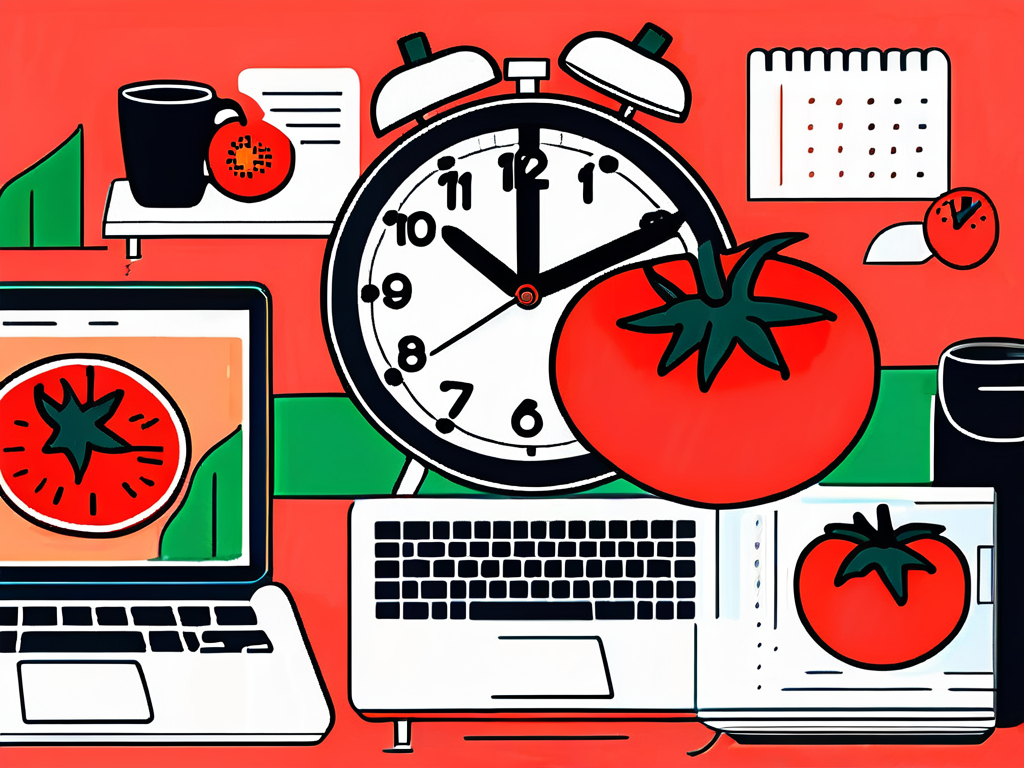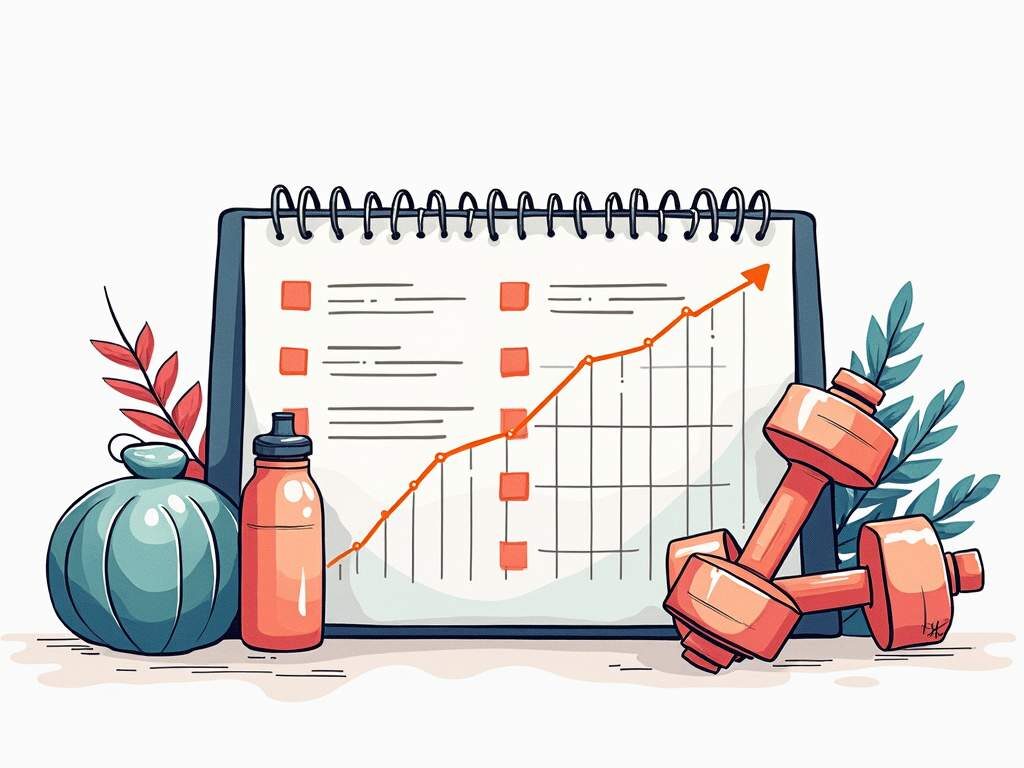In today’s fast-paced world, maintaining focus and productivity can be a daunting task. The Pomodoro Technique has emerged as a popular strategy to help individuals manage their time effectively. By breaking work into intervals, separated by breaks, this method not only enhances productivity but also promotes mental clarity. In this article, we will uncover various techniques to implement and enhance your Pomodoro experience.
Understanding the Pomodoro Technique
The Pomodoro Technique was developed in the late 1980s by Francesco Cirillo as a time management tool. It revolves around the idea that the timer creates a sense of urgency, making work feel more manageable. The technique encourages individuals to work in bursts, followed by short breaks to refresh the mind. This method not only aids in maintaining focus but also transforms the way we perceive time, turning it into a more tangible resource that can be effectively allocated to various tasks.

The Science Behind the Pomodoro Technique
Research has shown that the human brain can only focus effectively for a limited period of time—typically around 25 to 30 minutes. By breaking work sessions into smaller timeframes, the Pomodoro Technique aligns perfectly with our cognitive capabilities. This method helps reduce the mental fatigue that often comes with prolonged concentration. Furthermore, studies indicate that our attention spans are influenced by the digital age, with distractions from notifications and multitasking making it even harder to concentrate for extended periods. The Pomodoro Technique counters this by providing a structured approach to focus.
Moreover, taking regular breaks allows the brain to reset, leading to increased creativity and problem-solving skills. The balance of work and rest ultimately leads to enhanced focus and productivity. During these breaks, engaging in light physical activity or mindfulness exercises can further enhance cognitive function, allowing individuals to return to their tasks with renewed energy and clarity. This cyclical process of work and rest not only boosts efficiency but also contributes to overall well-being.
The Basic Principles of the Pomodoro Technique
At its core, the Pomodoro Technique is simple. It consists of several key principles:
- Work for 25 minutes, followed by a 5-minute break.
- After completing four Pomodoros, take a longer break of 15 to 30 minutes.
- Use a timer to track your intervals accurately.
- Focus intensely on one task during each Pomodoro session.
These principles create a structured timetable that encourages productivity while preventing burnout. By adhering to this framework, users can cultivate a sense of accomplishment as they complete each Pomodoro, reinforcing positive habits. Additionally, the technique can be adapted to suit individual preferences; for instance, some may find that working for 30 minutes and taking a 10-minute break works better for them. This flexibility allows the Pomodoro Technique to be personalized, making it a versatile tool for anyone looking to enhance their productivity.
Preparing for the Pomodoro Technique
To effectively implement the Pomodoro Technique, preparation is key. This involves setting your environment and selecting tasks that align with your goals.
Setting Up Your Workspace
Creating an optimal workspace is crucial for focusing during your Pomodoro sessions. Your designated area should be free from distractions and equipped with all the tools you need. Here are several tips for an effective workspace:
- Keep your desk clean and organized.
- Use noise-canceling headphones or soothing background music to drown out distractions.
- Ensure comfortable lighting to reduce eye strain.
By establishing a conducive environment, you enhance your capability to concentrate, making each Pomodoro session more effective. Additionally, consider incorporating elements that inspire you, such as motivational quotes or images that resonate with your goals. Personalizing your workspace can create a positive atmosphere that boosts your mood and productivity. Plants or greenery can also be beneficial, as they not only improve air quality but also add a calming touch to your environment.
Choosing Your Tasks
Before starting, it’s essential to identify the tasks you want to focus on. Choosing tasks that are specific and manageable will make it easier to maintain concentration. List your tasks and prioritize them based on deadlines or difficulty:
- Identify one major task for the day.
- Break it down into smaller, actionable steps.
- Prioritize tasks to make efficient use of your time.
The clearer you are about your objectives, the easier it will be to dive right into your Pomodoro sessions, maximizing productivity. Furthermore, consider the importance of flexibility in your task selection. While it’s beneficial to have a structured plan, being adaptable can help you respond to unexpected challenges or shifts in priorities. Regularly reviewing and adjusting your task list can keep you aligned with your overall goals and ensure that you are focusing on what truly matters at any given time. This dynamic approach can lead to a more fulfilling and productive work experience.
Implementing the Pomodoro Technique
Now that you’re prepared, it’s time to implement the Pomodoro Technique effectively. The process consists of several key actions that create a rhythm for productivity.

Breaking Down Your Tasks
As noted earlier, breaking down larger tasks into smaller parts can help manage them more effectively. For example, if you’re writing a report, you might break it down into sections such as outlining, writing, editing, and formatting.
Each part can then fit into your Pomodoro sessions, allowing you to complete your work in manageable increments. This not only makes daunting projects feel less overwhelming but also provides a sense of accomplishment as you check off each completed segment. Additionally, consider prioritizing these smaller tasks based on deadlines or difficulty, which can further streamline your workflow and enhance your motivation.
Setting Your Timer
Once you have your tasks lined up, set your timer for 25 minutes. During this period, focus solely on the task at hand. Avoid distractions by silencing your phone or closing unnecessary browser tabs. The timer serves as a countdown, urging you to concentrate and work efficiently. You might also find it helpful to use a dedicated Pomodoro app that not only tracks your time but also reminds you when it’s time to take a break. This added layer of structure can help keep you accountable and make the process more engaging.
Taking Short Breaks
After your 25-minute work session, it’s time for a 5-minute break. This is crucial for reenergizing your mind. Use this time to stretch, take a short walk, or practice mindfulness exercises. The idea is to step away from your workstation and give your brain a chance to recharge. During these breaks, consider engaging in activities that stimulate your creativity, such as doodling or listening to a favorite song. This can help refresh your perspective and inspire new ideas for your tasks.
Utilizing Longer Breaks
After completing four Pomodoros, take a longer break between 15 to 30 minutes. Use this time to hydrate, have a snack, or engage in a more extended physical activity. Longer breaks allow your brain to reset more fully, improving overall focus when you return to work. You might also use this time to reflect on what you’ve accomplished so far and adjust your task list for the next round of Pomodoros. This reflection can enhance your productivity by ensuring that you remain aligned with your goals and are making consistent progress.
Enhancing Your Pomodoro Experience
To fully benefit from the Pomodoro Technique, you can incorporate additional strategies to enhance your experience and productivity.

Combining Pomodoro with Other Productivity Methods
Although the Pomodoro Technique is highly effective on its own, combining it with other productivity methods can yield even better results. For instance, you might integrate time-blocking, prioritization matrices, or the Eisenhower Matrix to allocate tasks effectively.
This hybrid approach gives you a more comprehensive view of your tasks while maintaining the focus-enhancing benefits of timed work sessions.
Adapting the Pomodoro Technique to Your Personal Needs
Everyone has unique work patterns, and the Pomodoro Technique can be adjusted accordingly. Some individuals may find 25 minutes too long or too short. Feel free to experiment with different durations to find what works best for you—some may prefer 20-minute focus sessions with 10-minute breaks, for example.
Listening to your body and adjusting the method to fit your personal productivity rhythms can make the experience much more enjoyable and effective.
Measuring Your Success with the Pomodoro Technique
To ensure the Pomodoro Technique is aiding your productivity, it’s essential to measure your success regularly. Tracking your progress will highlight what is working and what needs refining.
Tracking Your Progress
After completing your Pomodoro sessions, take a few moments to note down what you accomplished. Keeping a daily log will allow you to visualize your productivity trends and identify potential bottlenecks.
Consider using apps or tools designed to record timed sessions and evaluate your productivity levels over time. This not only helps you stay on track but also motivates you to continue using the method.
Evaluating Your Productivity Levels
Regularly evaluate your productivity levels by assessing both the quantity and quality of your work. Reflect on the tasks completed during your Pomodoro sessions and how effectively you felt you managed your time. This evaluation process can guide necessary adjustments for future sessions.
In conclusion, the Pomodoro Technique is a proven method to enhance focus and productivity. By understanding its principles, preparing effectively, and continually measuring your success, you can make the most of this time management approach. Start today; unlock your potential and conquer your tasks with renewed energy!





